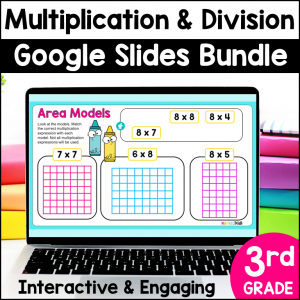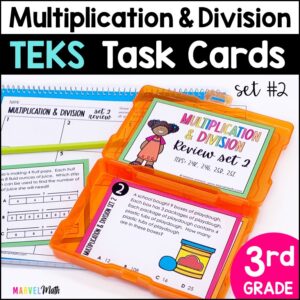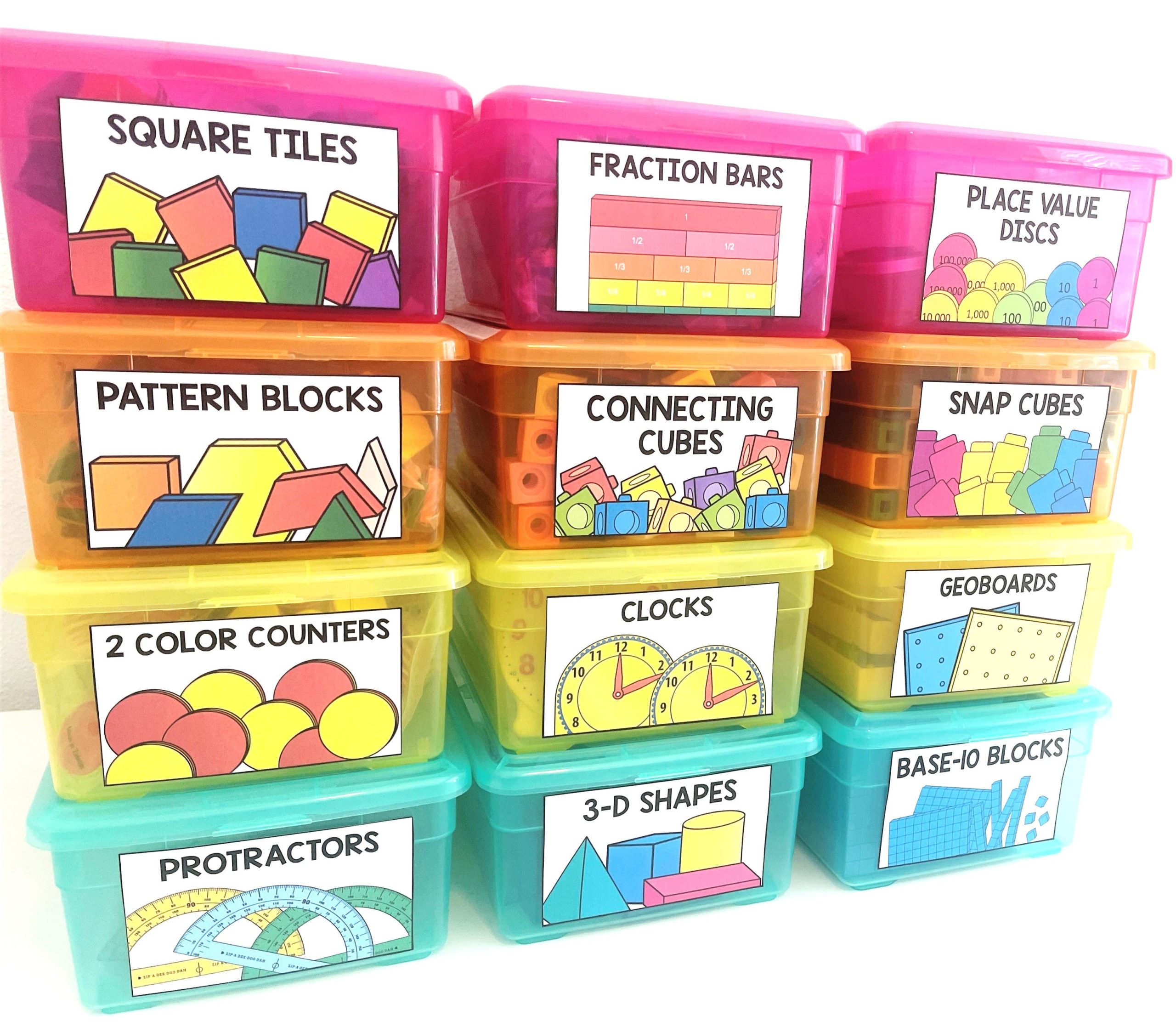Description
Students will love these fun & engaging slides to understand division by making equal groups. These Google Slides have problems with division fair shares situations, where the number of groups is known and students are solving to find the number in each group.
Video instructions for students are embedded in the activity, making it easy for you to assign as a no prep math station, for seatwork or homework.
This resource can be easily assigned in Google Classroom or any other platform compatible with Google Slides. Homeschool parents can use this resource by simply opening it in Google Slides. All you need to access Google Slides is a free Gmail account.
Save 35% by purchasing the Multiplication Foundations Google Slides Bundle!
What’s Included in this resource?
- PDF with a Link to make a copy of the Google Slides in your Google Drive
- Video Instructions (Student devices must be able to access You-Tube)
- 10 student practice slides (10 problems)
- Key
Topics Include:
- Modeling fair share division situations
- Solving division problems where the number in each group is not known
- Identifying the total, number of groups and number in each group in division equations
Ideas on how to use this resource:
- Use it as a whole class teaching tool by projecting the slides and using the movable, interactive pieces to teach your lesson
- Use this resource as a no prep math station
- Use it as an early finisher activity
- Use this resource for small group reteach or tutoring
- Assign this resource as a lesson for student practice as independent work
- Share the digital key for parents and students to check work at home
Standards Alignment:
TEKS
3.4H Determine the number of objects in each group when a set of objects is partitioned into equal shares or a set of objects is shared equally.
Common Core
3.OA.A.2 Interpret whole-number quotients of whole numbers, e.g., interpret 56 ÷ 8 as the number of objects in each share when 56 objects are partitioned equally into 8 shares, or as a number of shares when 56 objects are partitioned into equal shares of 8 objects each. For example, describe a context in which a number of shares or a number of groups can be expressed as 56 ÷ 8.














